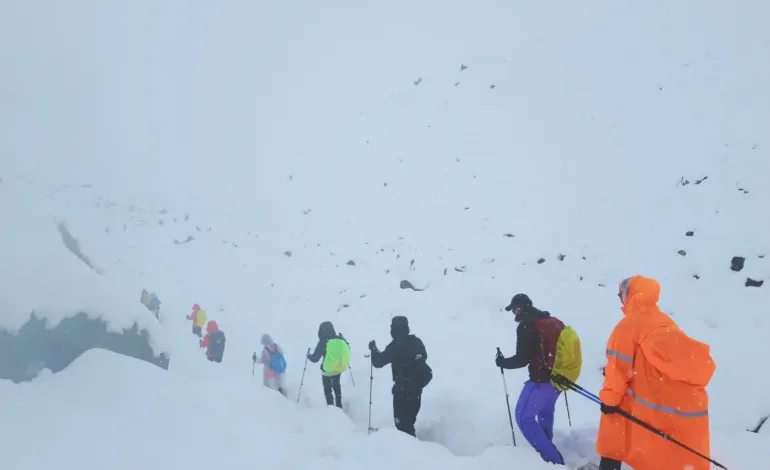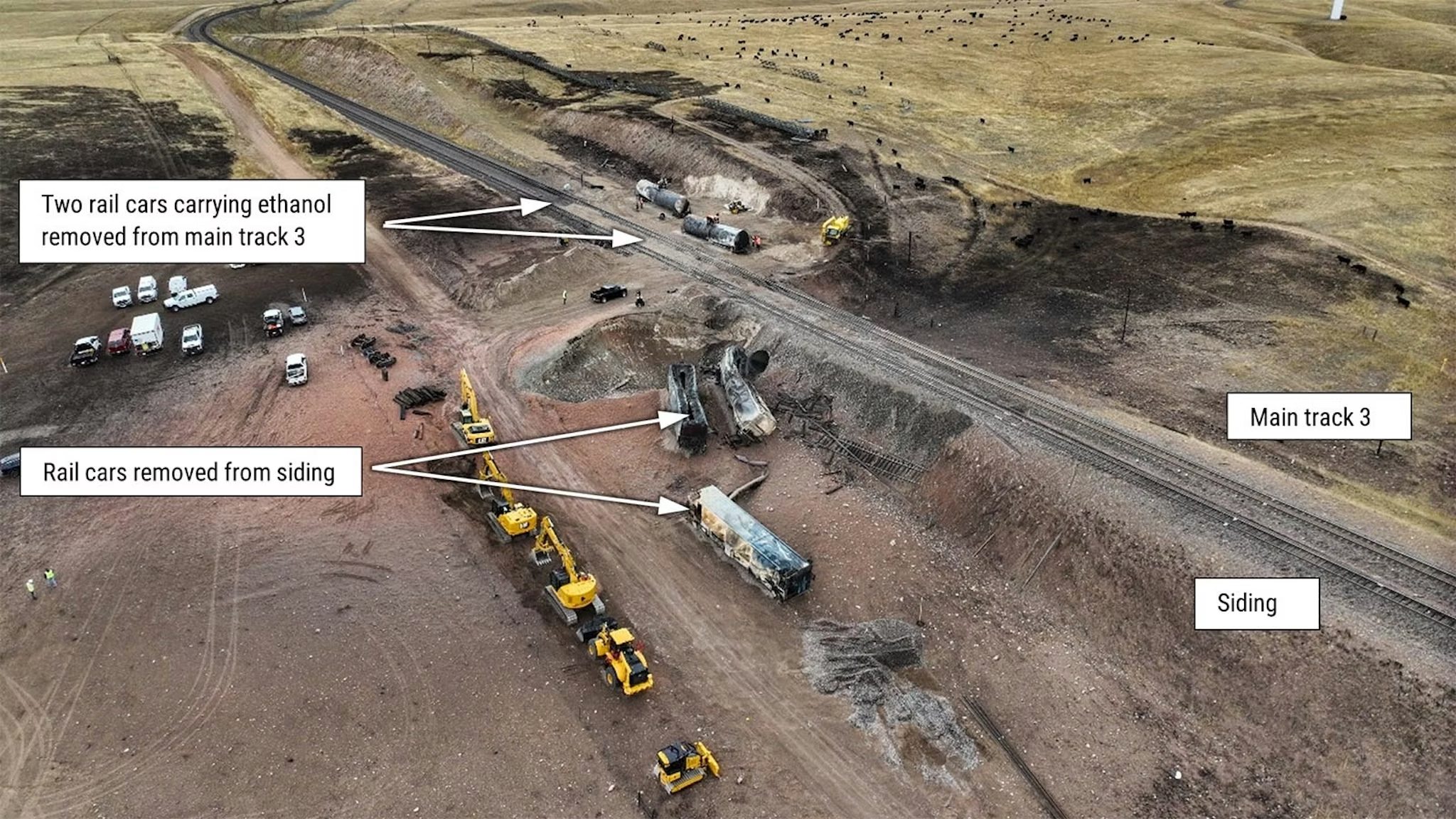Hundreds Rescued After Sudden Blizzard Hits Everest’s Tibetan Route

More than 350 people have been rescued after being stranded by blizzard-like conditions on the Tibetan side of Mount Everest, according to Chinese state media reports on Sunday.
In total, over 500 trekkers were caught off guard when heavy snow and rain swept through Tibet’s Tingri region, one of the main routes to the summit of the world’s highest mountain.
Those rescued were guided to safety in the small township of Qudang, Chinese broadcaster CCTV said. Around 200 people still trapped in the mountains were expected to reach the town later in the day under the supervision of local rescuers.
The report did not clarify whether local guides or support staff had been fully accounted for, or whether the extreme weather had affected trekkers near the north face of Everest.
Snowfall began Friday night and continued through Saturday, blanketing the valley, which sits 4,200 metres (13,800 feet) above sea level, in dangerous conditions.
The Tingri County Tourism Company suspended all ticket sales and closed the Everest Scenic Area late Saturday.
“It was so wet and cold in the mountains, and hypothermia was a real risk,” said Chen Geshuang, a member of an 18-person trekking team that made it safely to Qudang. “The weather this year is not normal. The guide said he had never encountered such weather in October. And it happened all too suddenly.”
Across the border in Nepal, authorities are also dealing with extreme weather. Heavy rains triggered landslides and flash floods, killing at least 47 people since Friday. Most of the casualties occurred in the eastern Ilam district, where 35 people died in multiple landslides. Nine people remain missing, and three others were killed by lightning strikes.
Nepal’s Tourism Board said weather conditions had “improved significantly” by Sunday, allowing rescue and recovery operations to resume, with “clear skies in Kathmandu and many other parts of Nepal.”
The back-to-back weather disasters highlight how climate change continues to destabilise Himalayan conditions, forcing Sherpa communities and trekkers alike to adapt to increasingly unpredictable mountain environments.









The latest news in your social feeds
Subscribe to our social media platforms to stay tuned